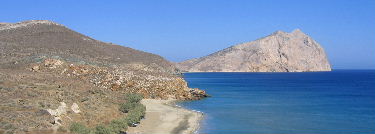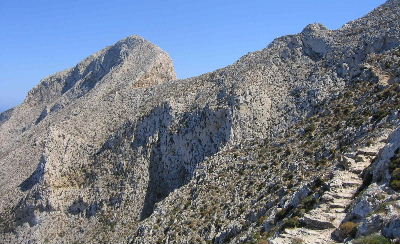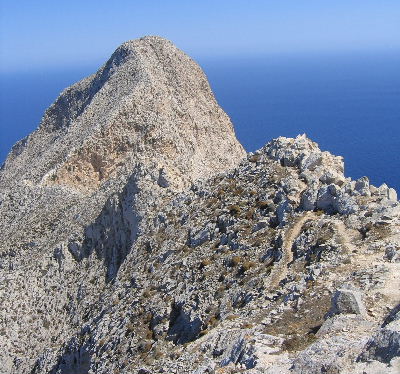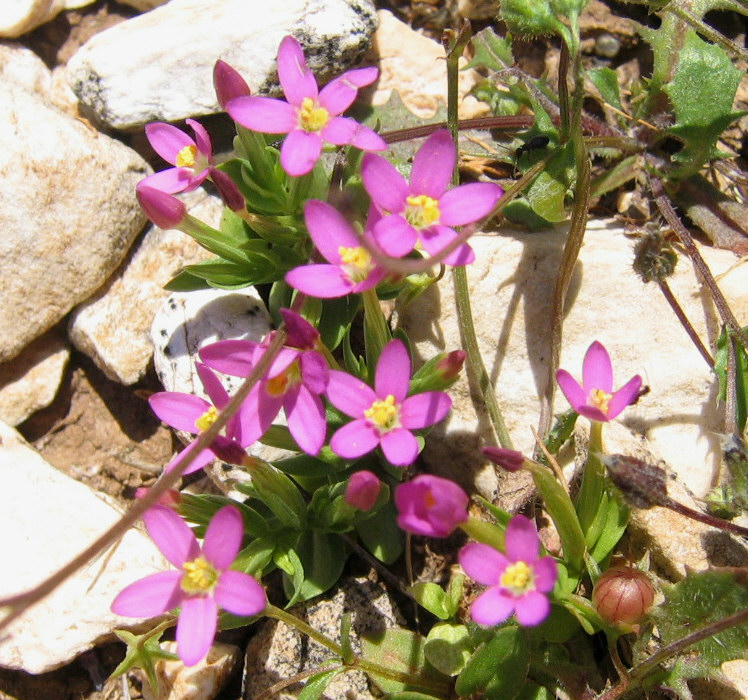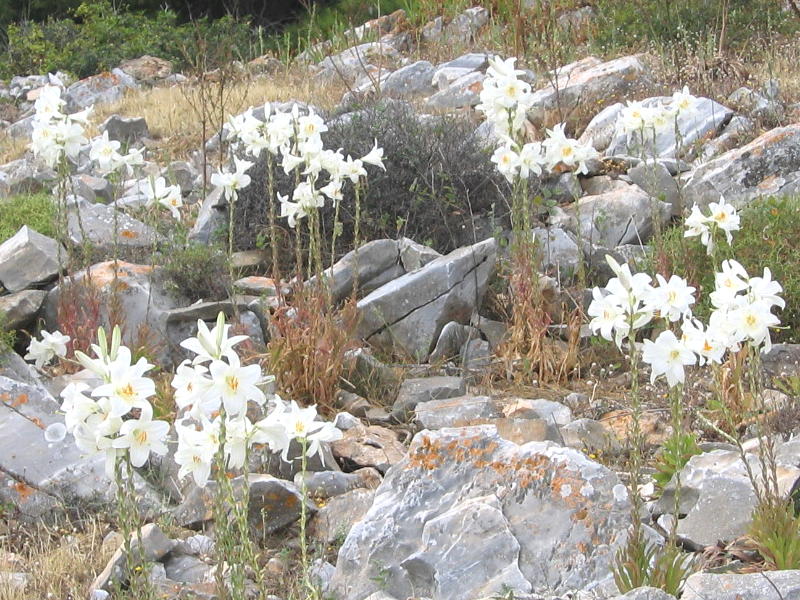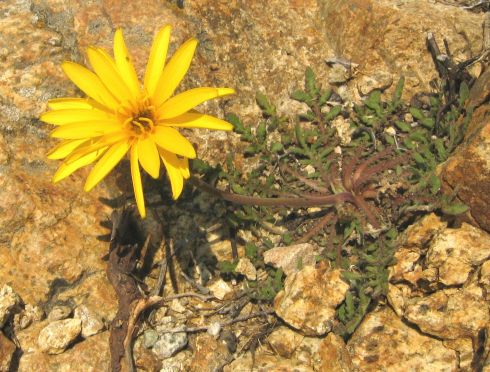Allium amethystinum: Panagia Panohoriani, 25 May 2007
Campanula amorgina (the creeping plant to the right): Langada, 25 May 2007
Unidentified Centaurea sp.: Langada, 25 May 2007
Helichrysum amorginum (grey leaves, white flowers): Hozoviotissa, 27 May 2007
Helichrysum orientale: Langada, 25 May 2007
Origanum calcaratum: Langada, 25 May 2007
Origanum calcaratum: Langada, 25 May 2007
Papaver dubium subsp. lecoqii: above Langada, 25 May 2007
Seseli gummiferum subsp. crithmifolium: Langada, 25 May 2007
